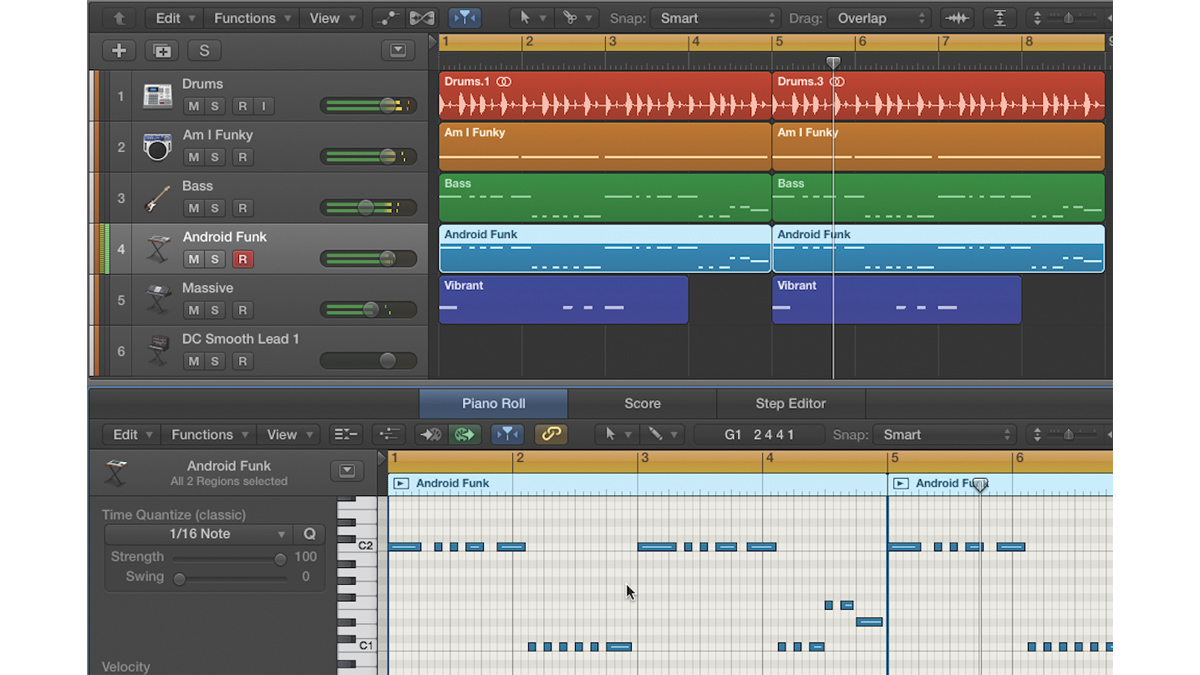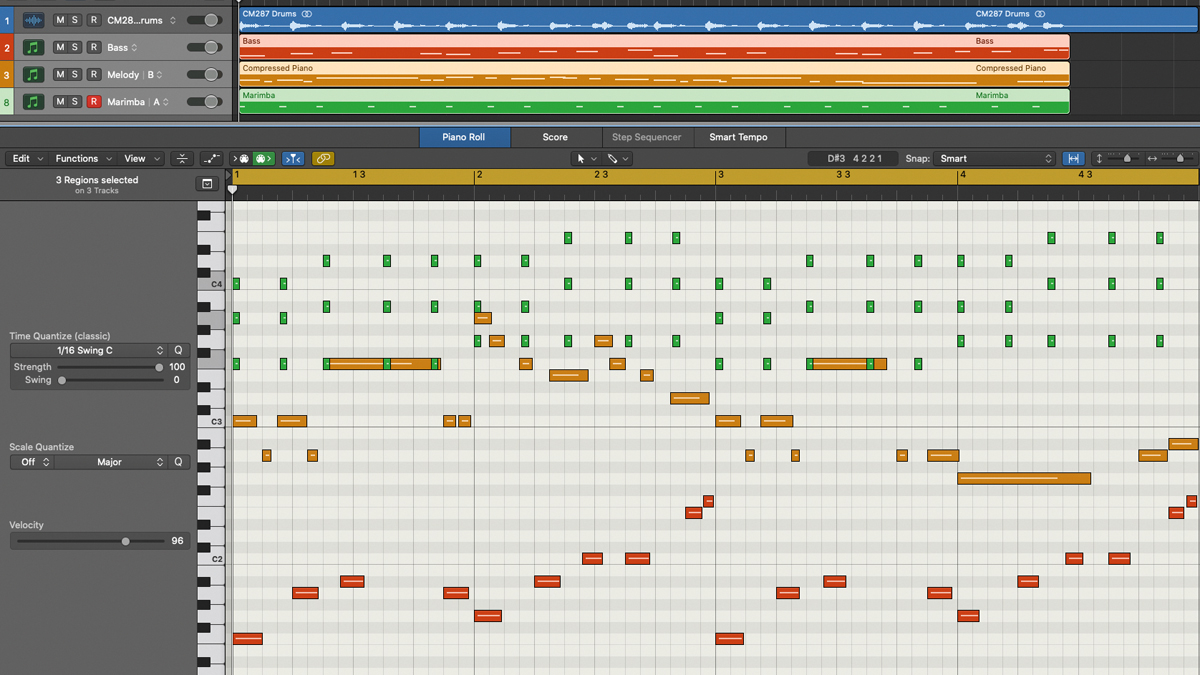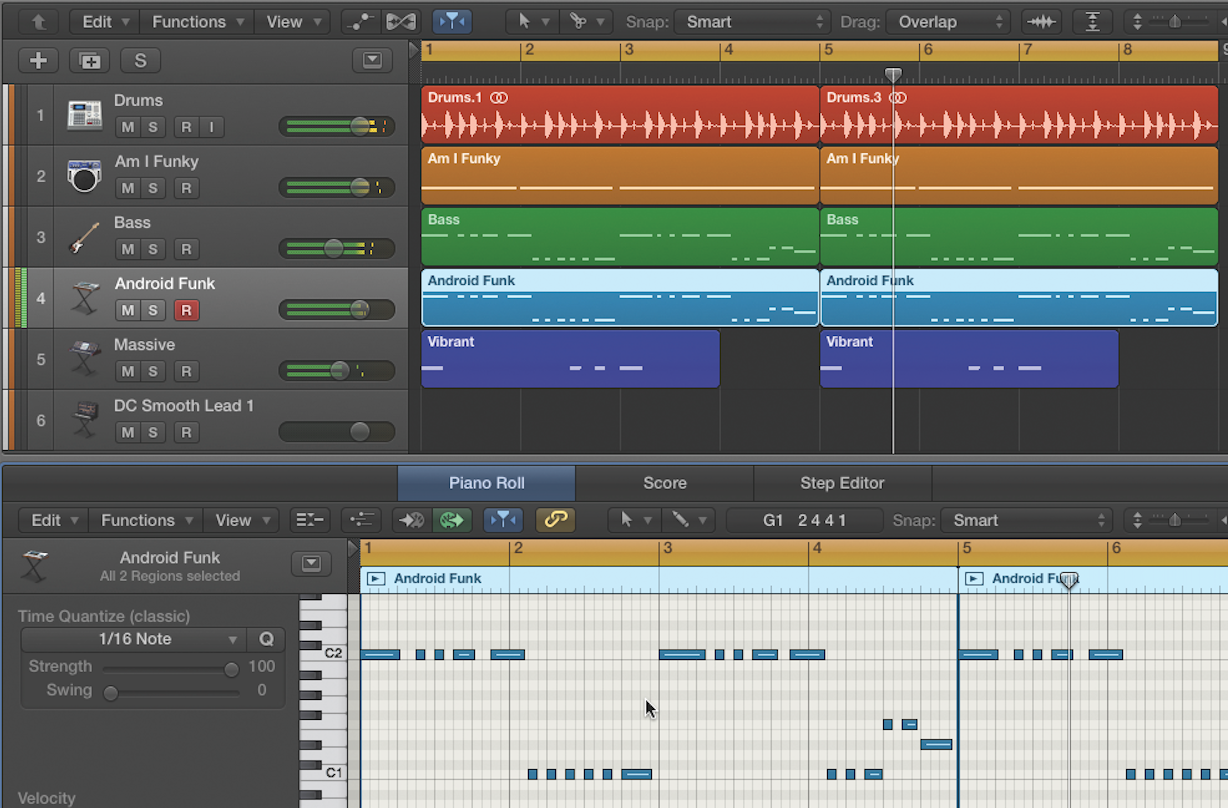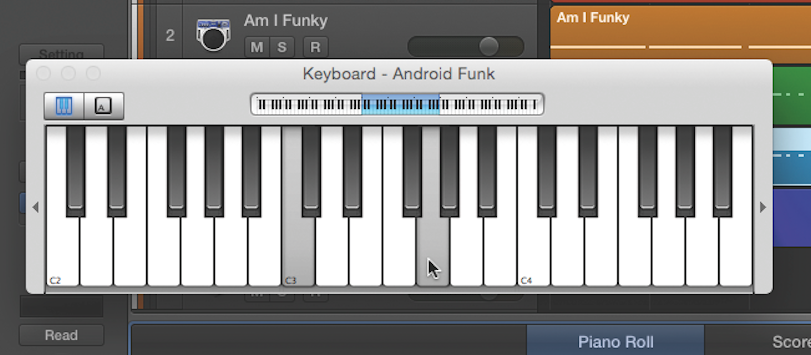

A musical hook is the most captivating and catchy element of any tune, hopefully pulling the listener in and keeping them coming back for more.
Most (but not all!) tracks need one, but when you're staring at that blank piano roll, how do you actually start to program your masterpiece?
In this quick tutorial, we'll take you through the basic music theory you need to start laying the ground for a successful hook.
1: Find your key

The first step is to determine the key of the track and find the root note. There are various ways to do this, but the easiest is to plonk about on a keyboard until you hit a note that sounds like it’s the tonal centre of the piece. Our track shown here is grooving along in C minor, so the root note, or ‘tonic’, is probably C.
2. Find the dominant

Our next step is to find the dominant, or fifth degree of the parent scale. You can find this by taking your root note (C in this case) and counting up seven semitones (black or white keys on your keyboard) from it.
The note you land on – G in this case – will be the dominant.
3. Tonic?

Play in a rhythmic part that alternates between these two notes, such as the one shown above.
The great thing about alternating between the tonic and the dominant like this is that it will work equally well over a major or minor key.
This is because a key’s major or minor quality is determined not by the tonic or dominant, but by the third degree of the scale.







